In the quest for a more sustainable future, innovative technologies are paving the way towards cleaner and more efficient resource extraction.
The surge in demand for lithium—a key component in batteries for electric vehicles and renewable energy storage—has driven the need for more sustainable extraction methods. Traditionally, lithium is extracted from hard rock mining or evaporation ponds, both of which have significant environmental impacts, including high water usage and landscape disruption.
Recent advancements have introduced a groundbreaking technology that extracts lithium from brines in a way that is not only cost-effective but also sustainable. This innovative method can reduce the costs to under 40% of the existing dominant extraction techniques. Moreover, it operates at just a quarter of lithium's current market price, marking a significant shift in the economics of lithium production.
Cost Efficiency: The new method slashes extraction costs significantly, making it economically viable and attractive for widespread adoption.
Environmental Sustainability: By reducing water consumption and minimizing land disruption, this technology aligns with global sustainability goals.
Impact on Global Sustainability Goals
The transition to sustainable lithium extraction methods is vital for meeting global sustainability targets. The ability to produce lithium at lower costs and with minimal environmental impact supports the broader push towards decarbonization and energy efficiency.
This innovative technology not only supports the growth of green industries but also promises to redefine how resources are managed in an environmentally conscious manner. The ripple effect of adopting such sustainable practices could lead to significant advancements in other sectors reliant on lithium, thereby reinforcing sustainability across multiple dimensions.
As we continue to explore new horizons in sustainability, technologies like this lithium extraction method serve as a beacon of hope. They illustrate how innovation can drive us towards a cleaner, more sustainable future. Embracing these advancements will not only benefit the environment but also ensure that the transition to renewable energy sources is both economically and socially responsible.
For further insights into this groundbreaking technology, visit Tech Xplore.
Conclusion
Together, let’s champion technologies that promise a brighter and more sustainable tomorrow.
Enhanced operational reliability ensures consistent lithium production, meeting the demands of growing industries such as electric vehicles and renewable energy systems.
Reliability
Embracing these advancements will not only benefit the environment but also ensure that the transition to renewable energy sources is both economically and socially responsible.




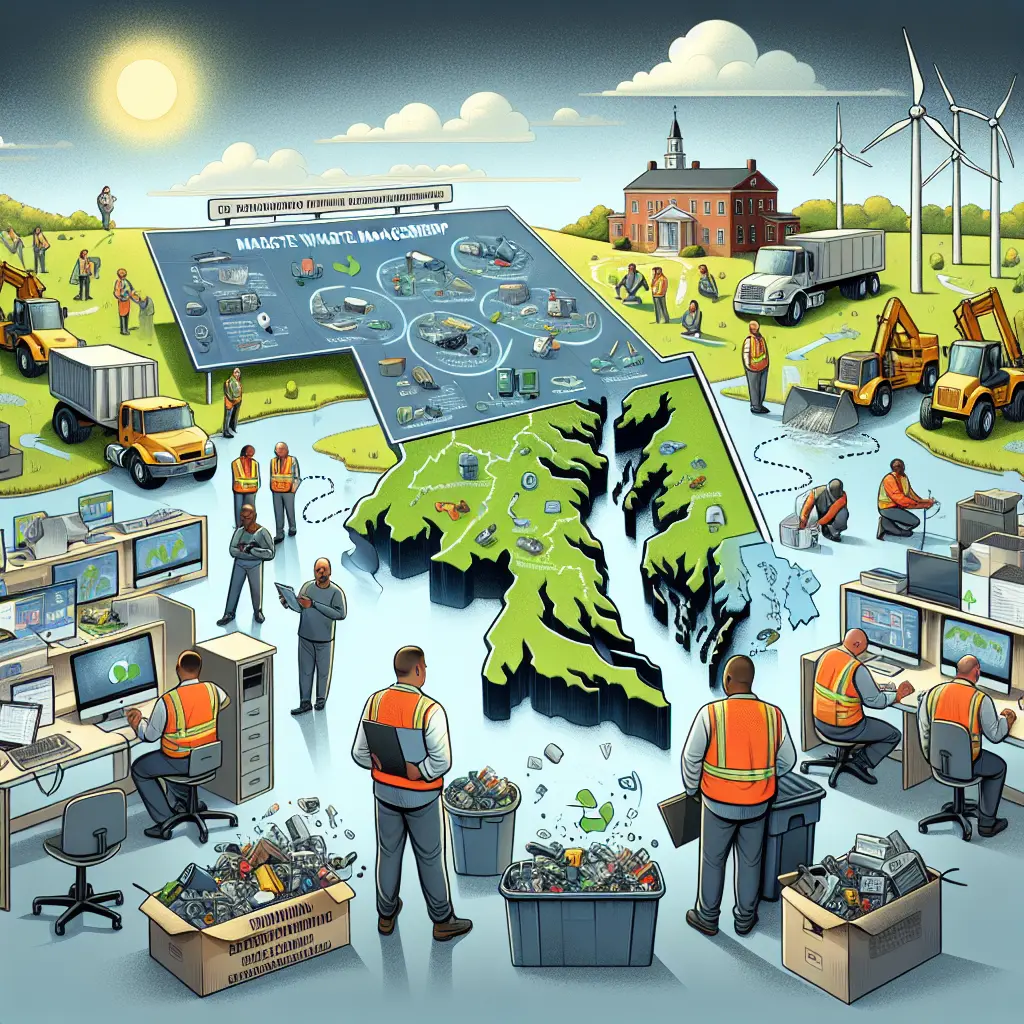
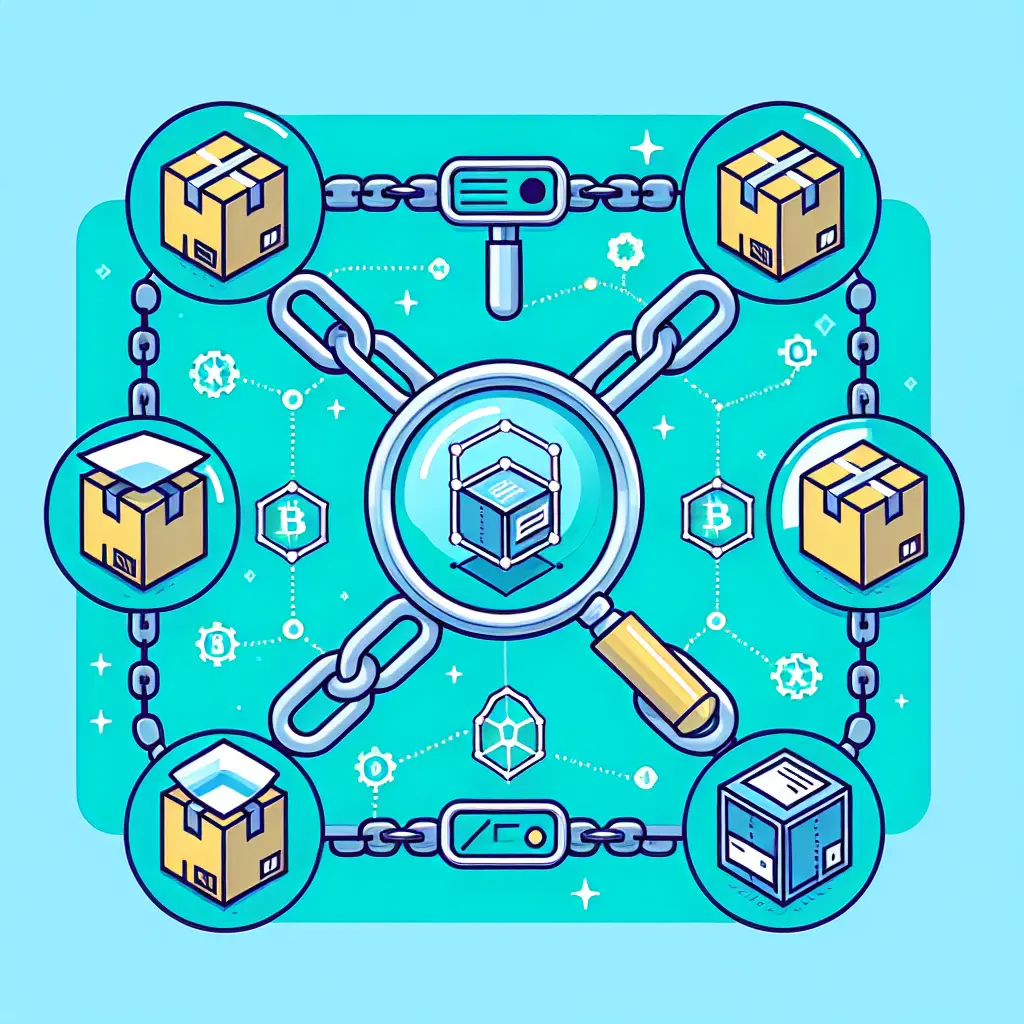
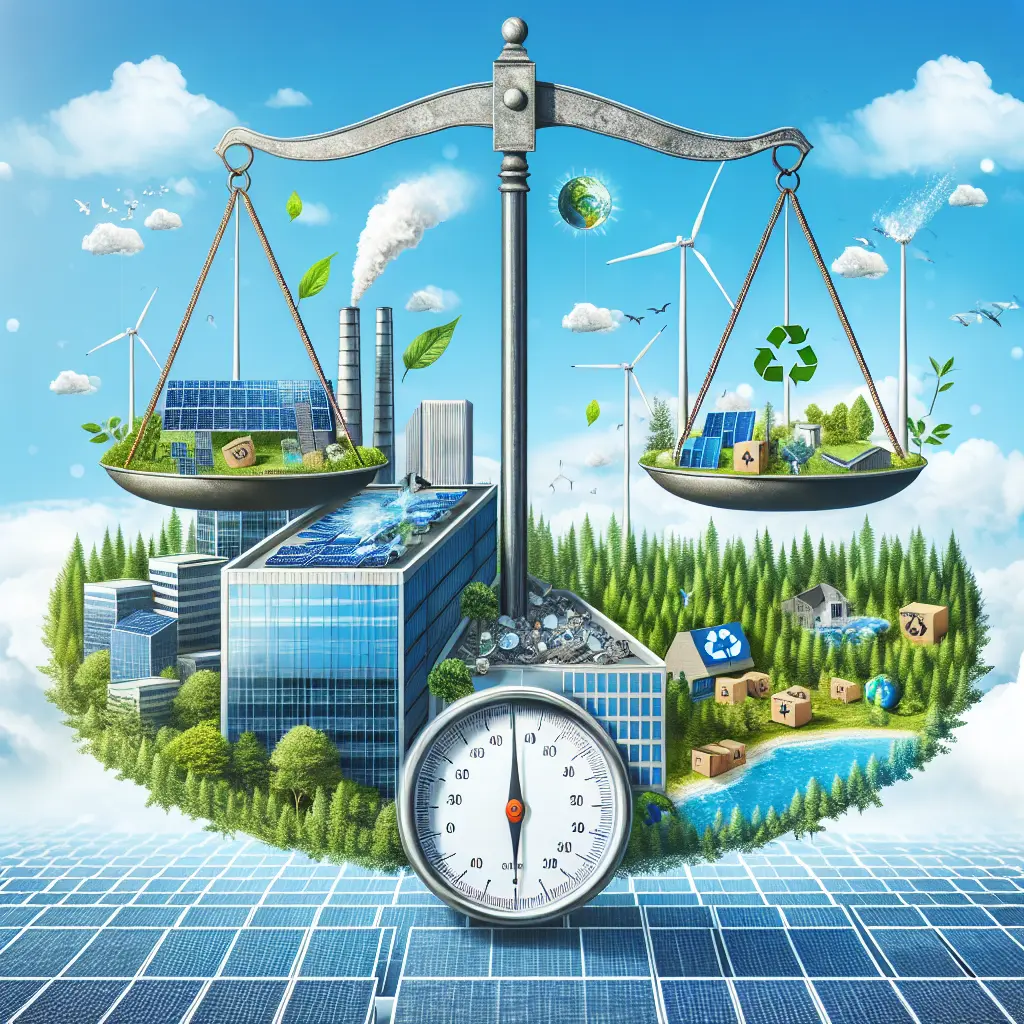
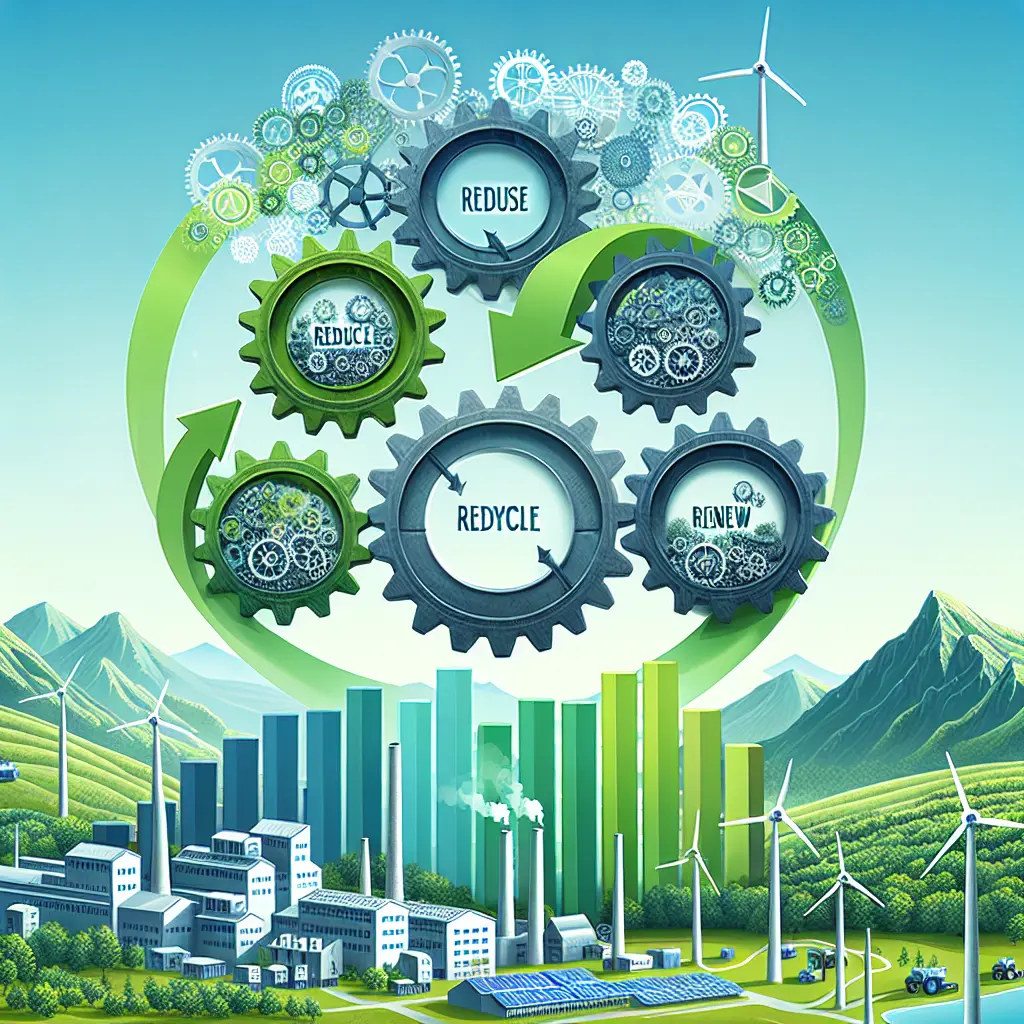
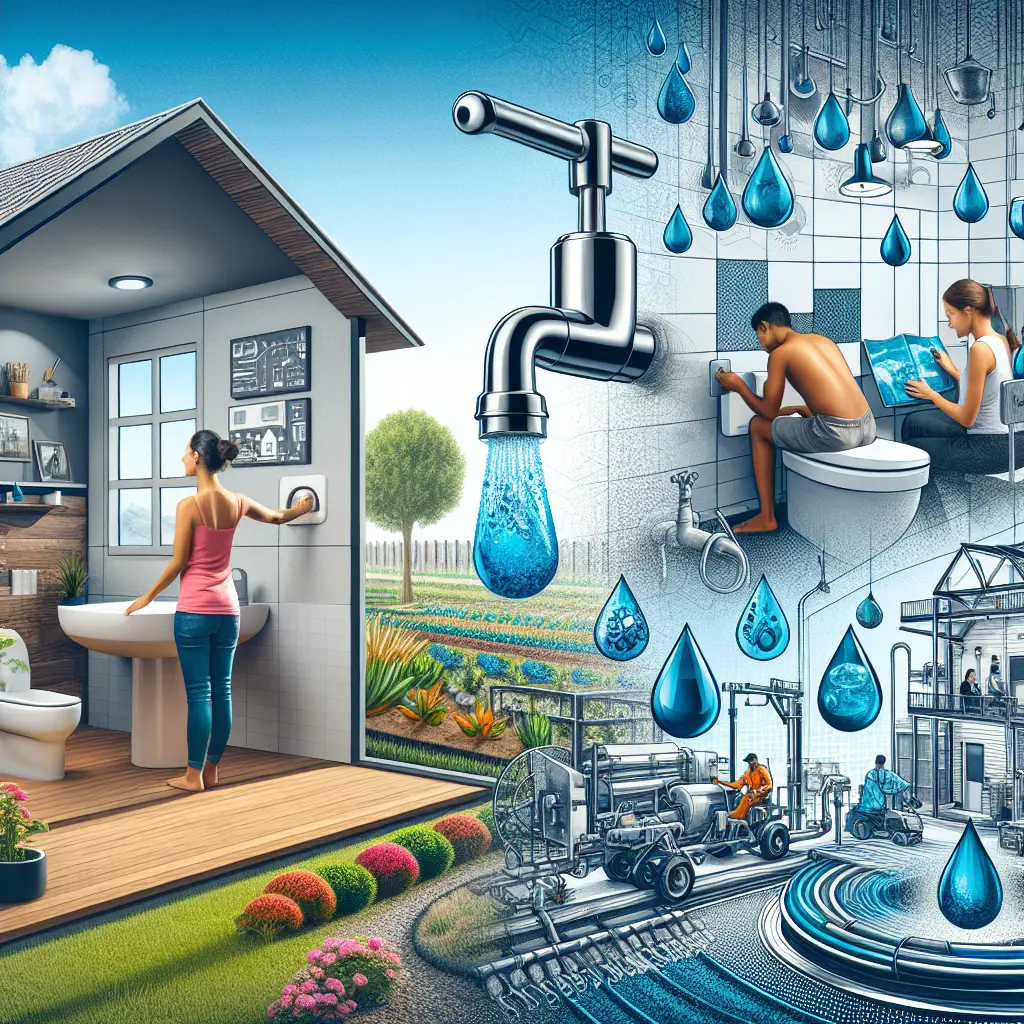

Leave a Comment